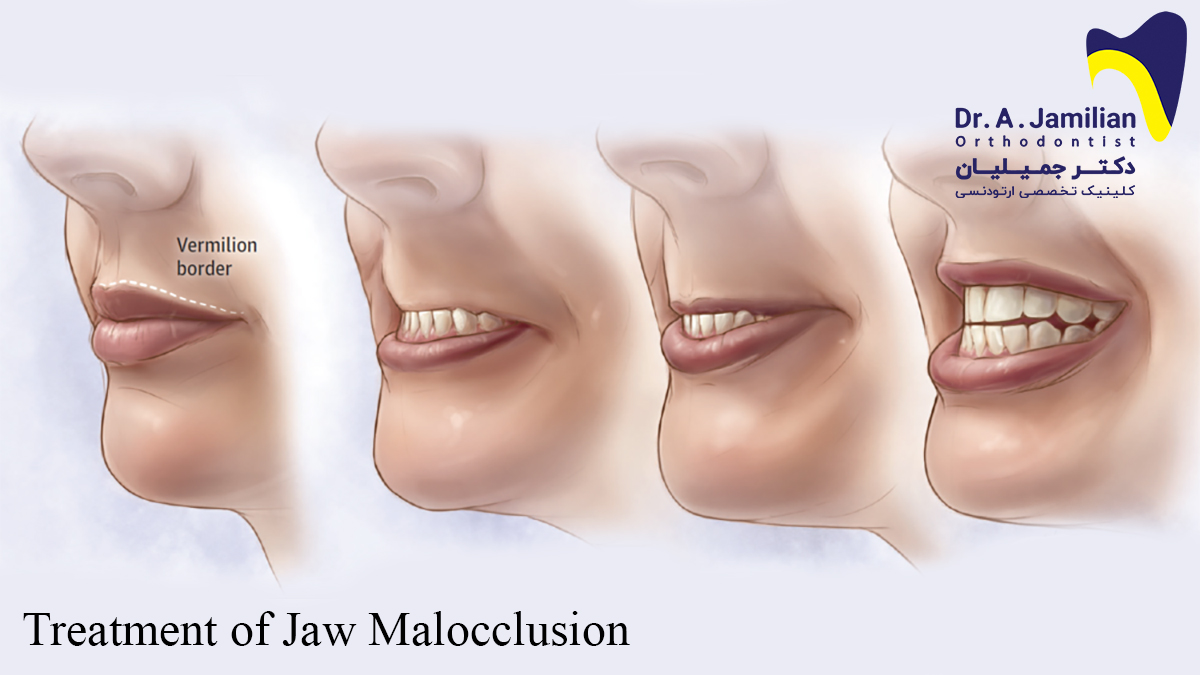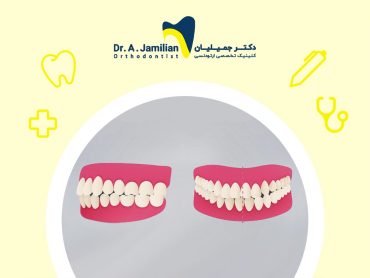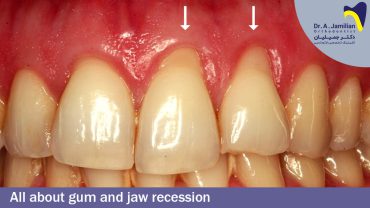One can hardly claim that the human body is safe from any injury or pain. Jaw deformity refers to a condition in which the upper and lower teeth do not overlap perfectly. For example, Symptoms of overbite is an orthodontic abnormality in which the upper teeth protrude beyond the lower teeth. These disorders have various and complex signs and symptoms, including pain, jaw tenderness, ear pain, hardly opening the mouth completely, discomfort chewing, and temporomandibular joint (TMJ) pain and sound or TMJ locking so that opening and closing of the mouth are difficult.

Living with such a condition is difficult. However, advances in health technologies have provided dentists and orthodontists with several treatments for this problem.
Identifying Symptoms of maxillofacial malformation
Jaw deformity affects the person both physically and mentally. It impairs eating, breathing, sleeping, talking, and jaws even at rest. These problems vary depending on the disorder type, the patient’s pain threshold and age, and the disorder severity. However, doctors and experts in this field have identified three significant disorders as described below:
Difficulty chewing
Jaw abnormalities cause the upper and lower jaws not to properly overlap when chewing food, resulting in pain and discomfort and incomplete chewing of food, leading to many digestive problems and other diseases.

Abnormal breathing
Patients with jaw abnormalities breathe through their mouth, leading to health problems because nasal breathing significantly removes air pollution. Mouth breathing causes many jaw problems, including a small jaw described elsewhere in the mouth breathing section.
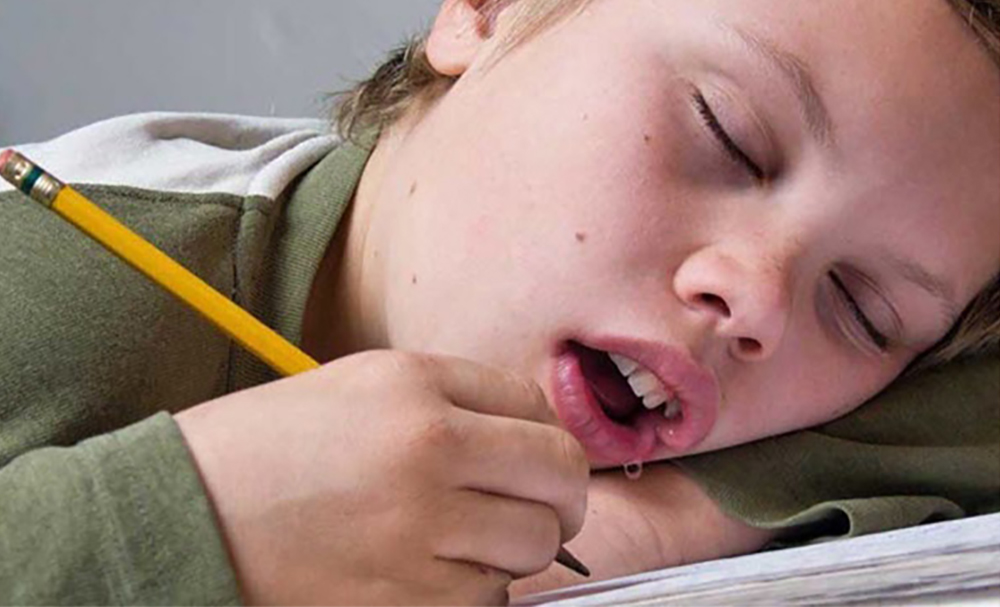
Abnormal appearance
Facial deformities are the most obvious sign of patients with jaw abnormalities. Malocclusions usually develop at an early age in babies who use pacifiers for a long time or who are accustomed to thumb sucking. It not only deforms the face, but also results in shyness and lack of self-confidence.

Treatment of maxillofacial deformities
Maxillofacial deformities can be treated through different methods. The first step always involves consulting an orthodontist.
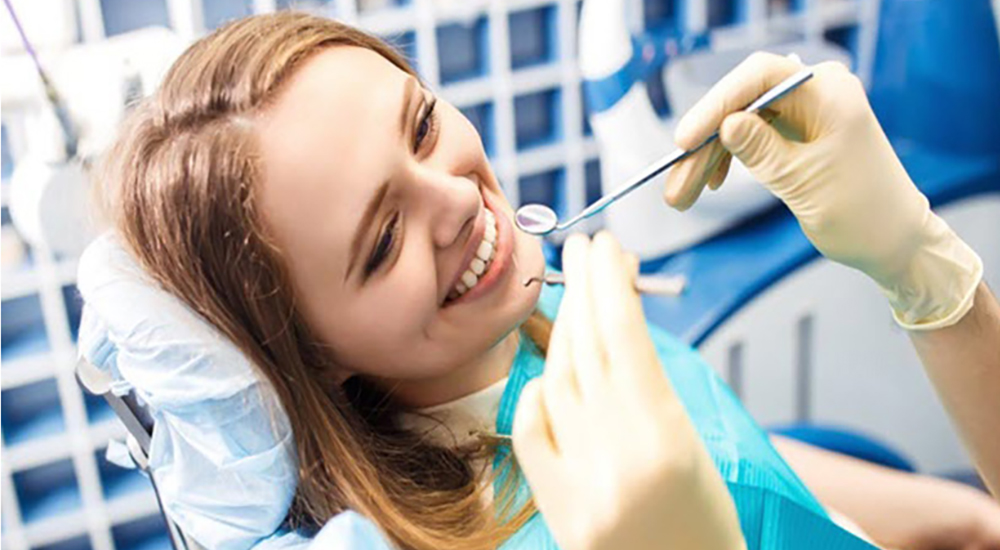
- Bad habits such as bruxism and chewing lips, tongue, nails, and fingers should be broken, which can be achieved using a night guard to prevent gnashing.
- Orthodontic wires can also be used to gradually move and align the teeth and normalize the jaw position.
- If recommended by the dentist, the malformation can be corrected through surgery, with the cooperation of a maxillofacial surgeon and an orthodontist. This option is usually performed in severe structural problems when other options cannot efficiently resolve the problem.
Jaw deformities can cause a lot of pain and should not be allowed to continue, so immediate treatment is needed to prevent it from getting worse.
